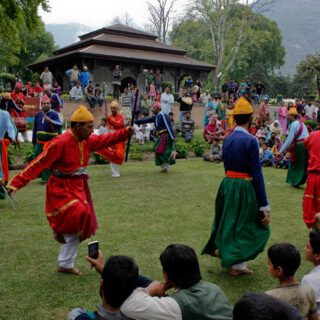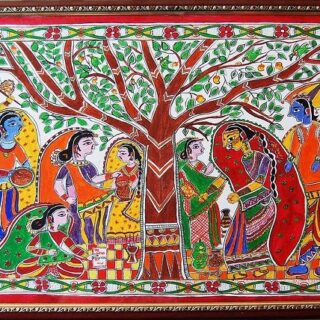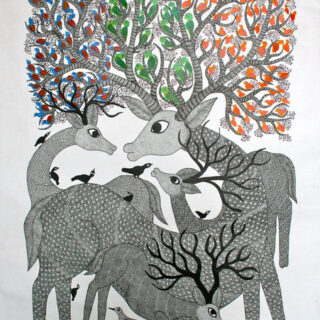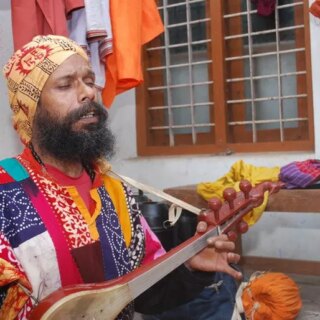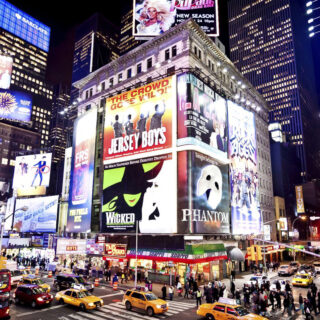Folk Theatre of India: Bhand Pather
The word ‘Bhand’ means the traditional and the age-old folklore entertainers from India, Nepal, Pakistan. The form had thrived and grown manifolds during the peaceful times in the valley. However, with the rise of anti-societal elements, the art form has given the theatre form a huge setback. Society must progress towards peace and let the lost theatre form regain its formal glory.



